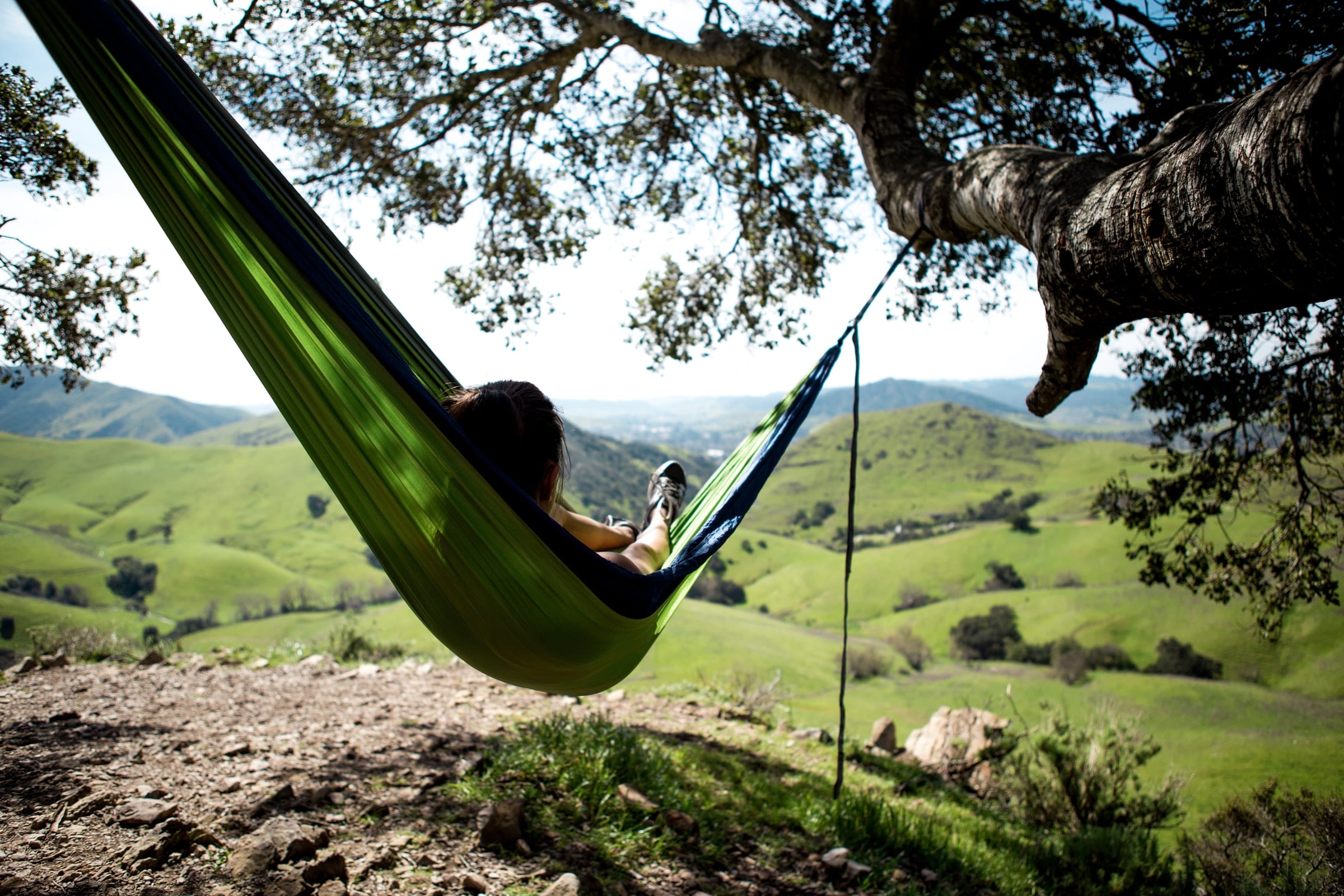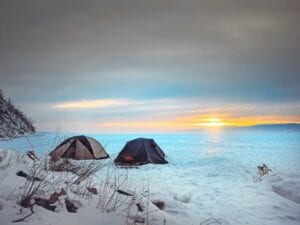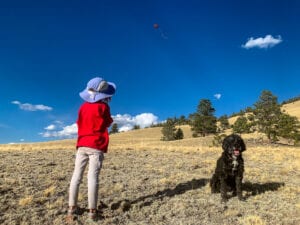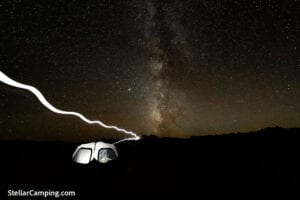Hammocks for sleeping

Hammocks are growing in popularity. They’re a sweet spot for chilling and catnaps, and if care is taken not to harm trees, they offer a low-impact way to sleep.
There are two basic kinds of hammocks: those designed for relaxing during the daytime and those designed for sleeping, which we’ll focus on here.
Sleeping hammocks often feature an asymmetric design and/or spreader bars that allow occupants to lie somewhat flat. Using a hammock does limit you to sleeping at a campsite with trees that can support the hammock’s weight. Bear in mind that a hammock is not as warm as a tent. Also, hammocks are not super-comfortable for two people (and are a no-go for more than two).
Some solo campers elect to use 2-person hammocks for just themselves and their gear. While many campers find it perfectly comfortable to sleep in a hammock, others simply never get used to it. Note that a sleeping hammock should be staked, especially in windy conditions.
Sleeping hammocks can be designed for backcountry camping or front-country camping. Backcountry models are particularly light—and priced accordingly. Depending on the model, you can expect to fork out anywhere from $50 to several hundred dollars for a sleeping hammock.
It’s important to know that many sleeping hammocks don’t come with all the equipment you’ll need. Straps are indispensable. The straps that come with some models may not be high quality, so you may want to consider purchasing another set. Straps should be at least an inch wide to avoid hurting trees. Ropes are another option but are more complicated than straps. Relatedly, you’ll need carabiners, which may or may not come with your hammock.
Depending on your location, a bug net may be a key piece of gear. Some hammocks come with a bug net, but some don’t. Try to choose a net that completely surrounds you, not one that leaves your back exposed to bloodthirsty insects.
Another must is a fly/tarp for rain (and privacy). And except in warm locations, you’ll need insulation for sleeping, such as an under-quilt (a better option) or blow-up pad (not as good an option), unless you have a double-layer hammock or hammock with insulating pockets.
When selecting a sleeping hammock, consider the following issues:
- Price
- Lightness
- Weight/height limit (height is not usually an issue)
- Spaciousness
- Comfort
- Ease of set-up
- Whether the construction allows you to lie flat
- What accessories are included
- Durability and guarantee
You can check out these reviews of 2020 hammock models:
Here are a few especially well-reviewed models:
- Hummingbird Single (ultra-light day use)
- Kammock Mantis (light full system)
- Hennessy Hammock Explorer Ultralite (full system)






